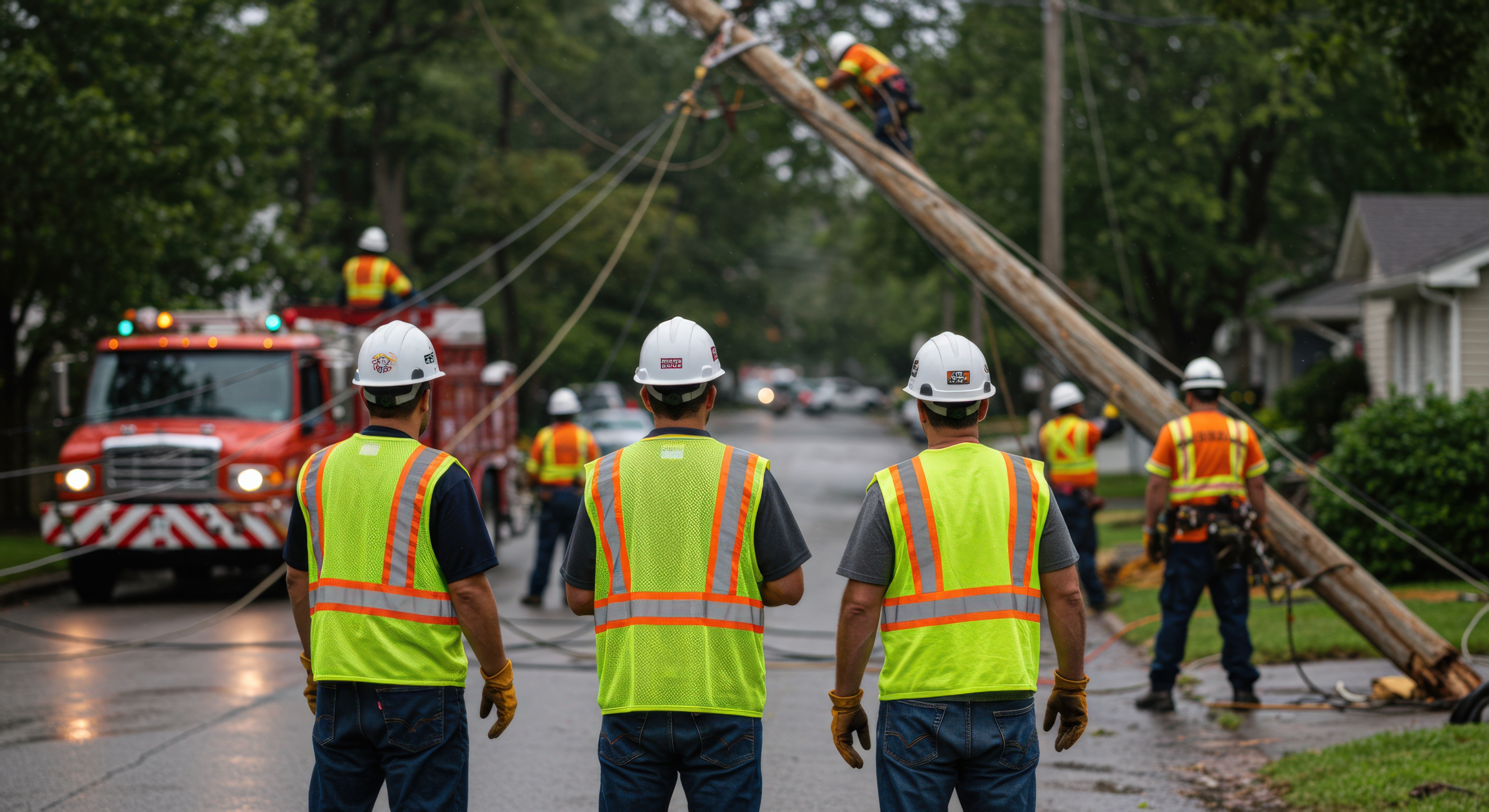Why Utilities Must Measure Economic Impact and What’s at Stake for Suppliers


For decades, utilities were judged on a single metric: reliability. Deliver power, hold rates steady, and keep regulators calm. That definition of success no longer applies.
Today, utilities are expected to prove not just operational efficiency but economic reciprocity — that every ratepayer dollar strengthens the communities it comes from. Tracking economic impact has become a regulatory, financial, and strategic necessity. For suppliers, it is changing who wins contracts and how they are measured after the ink dries.
Public utility commissions are tightening expectations around community benefit. They now require utilities to quantify where the money stays, who participates, and what it builds. Regulators want to know how much spending remains in-state or within the service territory, what share of contracts goes to small, minority, women, veteran, and locally owned firms, and how those investments translate into jobs, apprenticeships, and workforce pipelines tied to every project.
The terminology varies, but the intent does not. Some programs emphasize “supplier diversity,” while others use “local” or “domestic” participation, especially in federally funded infrastructure and clean energy projects. Regardless of the label, the underlying goal is the same: ensure that suppliers and workers from within the project’s service area or funding region benefit directly from the investment.
- In New York, under Executive Law Article 15-A, utilities and contractors on state-supported projects must meet MWBE participation goals and file quarterly utilization reports with Empire State Development.
- In New Jersey, the Set-Aside Act (N.J.S.A. 52:32-17) targets 25 percent small business participation in state contracts. Utilities such as PSEG and Atlantic City Electric, owned by Exelon, align their procurement and workforce reporting with this framework.
- In Pennsylvania, Governor’s Executive Order 2023-18 and the Small Business Reserve Program require fast payment policies and supplier participation tracking. PECO and PPL Electric now report Tier I and Tier II spending to demonstrate local value creation and job generation.
- In Massachusetts, the Supplier Diversity Office and Utility Diversity Program require annual procurement and workforce inclusion goals for minority, woman, veteran, disability, and LGBT-owned firms. The 2024 Supplier Diversity Office report recorded 3.2 billion dollars in diverse procurement, a 20 percent year-over-year increase.
- In New Hampshire, while there are no formal set-asides, the Public Utilities Commission encourages utilities such as Eversource NH and Liberty Utilities to voluntarily track supplier and workforce participation in renewable energy and infrastructure programs.

Different names, same expectation: prove with data that investment equals community benefit.
The financial markets are reinforcing this same message. S&P Global now factors “social license and community benefit” into corporate governance scores. Moody’s ESG methodology lists local employment and supplier inclusion as social risk mitigants. A utility unable to verify economic impact faces higher borrowing costs, slower project approvals, and increased reputational risk.
For suppliers, these data requirements are transforming the supply chain. Data delivery is now part of the contract. Prime vendors are required to submit monthly Tier II reports showing how much they spend with local or diverse subcontractors. Bids without the ability to provide this data are less competitive.
Certification has become procurement currency. SBA, MWBE, veteran, and local business certifications validate utilities’ reporting and keep suppliers visible in sourcing portals. Geography matters too. Local or domestic sourcing refers to vendors and workforce within the utility’s service area, which now counts toward impact metrics. Contractors must also show how their projects hire or train locally, since workforce outcomes increasingly affect bid scoring. Manual spreadsheets cannot meet these requirements. Verified digital platforms such as Supplier.io, Coupa, and B2Gnow are becoming the new standard for compliance.
For utilities, economic impact data has become both shield and strategy. It helps defend rate cases more efficiently by demonstrating measurable community benefits. It builds public trust through transparency, reduces financing risk by improving ESG ratings, and standardizes accountability across suppliers through Tier I and Tier II reporting.
Suppliers can turn compliance into advantage by leading with data. Present clear dashboards showing local jobs created, regional spending, and supplier diversity ratios. Engineer impact early by selecting certified or local subcontractors before submitting a bid. Quantify outcomes by tracking how contracts expand capacity, not just who receives payments. And mirror the language utilities use. Whether the solicitation calls it “supplier diversity,” “local content,” or “domestic participation,” align your proposal and reporting systems with the terminology and data expectations of your utility client.
For utilities, tracking economic impact has become essential proof of public value. For suppliers, it is the new price of entry. Contracts are no longer won solely on cost or performance but on verifiable evidence that the work creates jobs, supports small businesses, and keeps value within the local economy.
The suppliers who treat measurement as strategy, not paperwork, will be the ones powering the future alongside the utilities they serve.
.png)
Local Content is the Next Compliance Asset Class
LocalContent.com™ transforms how public and private sector projects meet local and domestic content requirements—with technology, data, and certification solutions that build trust, unlock funding, and prove community value.
Get on the Waiting List
LocalContent.com Announces Upcoming AI-Driven Certification Suite to Boost Supply-Chain and Workforce Compliance, Competitiveness, and Economic Opportunity


.png)






